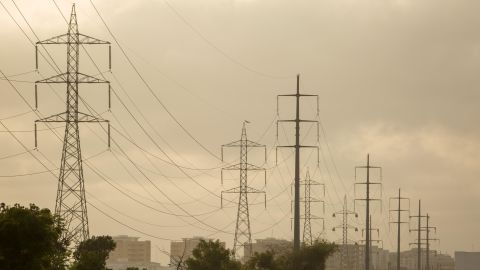
A nationwide power outage in Pakistan left nearly 220 million people without electricity on Monday, threatening to cause havoc in the South Asian nation already grappling with fuel shortages in the winter months.
The country’s Ministry of Energy said in a statement the country’s National Grid went down at 7.34 a.m local time, “causing a widespread breakdown in the power system,” according to initial reports.
“System maintenance work is progressing rapidly,” the statement added.
It is unclear how long the outage will last and efforts are underway to restore power to various parts of the country.
In the city of Quetta, in Pakistan’s southwest Balochistan province, the outage has affected all aspects of daily life, including hospitals, markets and households.
“Due to unavailability of generators, services are affected in health centers in suburbs of Quetta city,” the director of Balochistan’s health department, Dr. Imran Zarkoon, told CNN.
Zaheer, the owner of a clothing shop in Quetta, said they have no backup and have been waiting for the electricity to be restored for hours.
“The whole market of Jinnah road is practically shut, as without electricity customers do not turn to shops,” he said.
The outage comes as the country’s fragile economy continues to struggle with multiple challenges, including a severe energy crisis.
Earlier this month, Prime Minister Shehbaz Sharif ordered all federal departments to reduce their energy consumption by 30%, while his government ordered all markets to close by 8.30 p.m. and restaurants by 10 p.m.
The decision to reduce energy usage came as Pakistan announced its foreign exchange reserves had dwindled to alarmingly low levels. In December, the country’s total liquid foreign exchange reserves stood at $11.7 billion, which is half the amount it held at the start of last year, according to the central bank.
Monday’s power outage is Pakistan’s most widespread power shutdown since 2021, when the nation plunged into darkness for hours after a “sudden plunge in the frequency in the power transmission system.”


